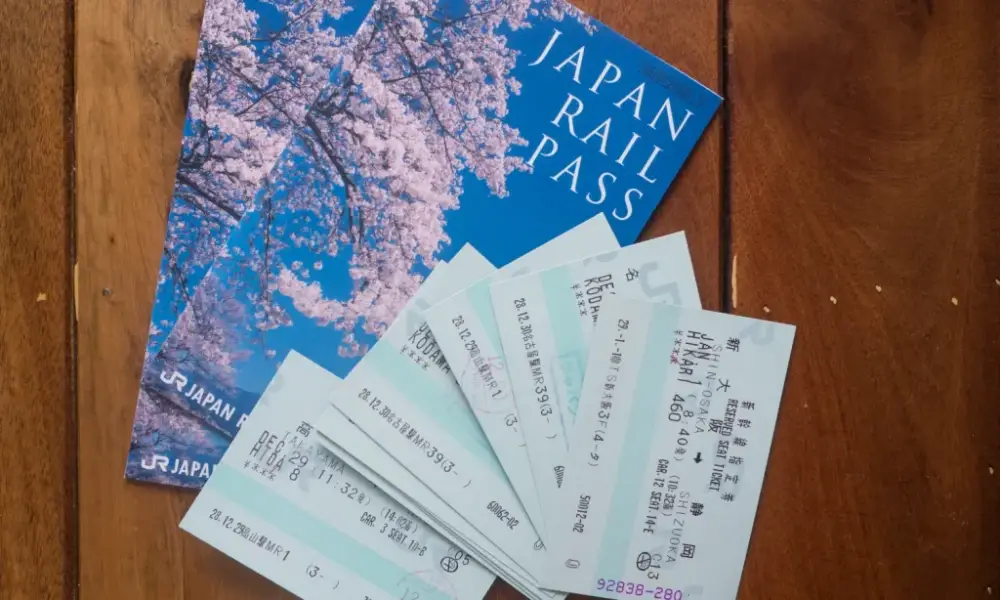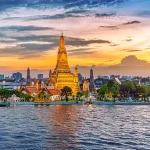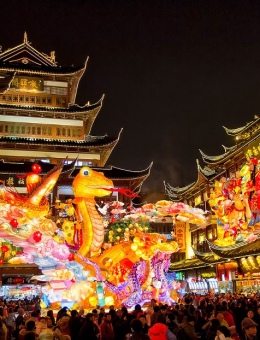If you are planning to visit Japan, you have almost certainly heard of the JR Pass. Think of it as a special travel pass for visitors that lets you ride Japan’s national JR trains, including the high-speed shinkansen. It is a bit like Sun Wukong’s “Nimbus Cloud” from legend—hop on and you can get almost anywhere. The only difference is that Sun Wukong rides for free, while we have to pay a not-so-small amount.
So… is the JR Pass essential?
A seven-day standard pass is priced at 29,100 yen (approximately $260 USD).
Do you absolutely need to buy a JR Pass? The answer is: sometimes yes, sometimes no.
The key is not the price itself, but rather your itinerary and the amount of long-distance travel you plan to undertake. Even Sun Wukong didn’t ride his Nimbus all the time.
When a JR Pass is unnecessary
If you plan to focus on a single region—only Tokyo, or only Kyoto, or only Osaka—please don’t burn your budget. In many cases you might end up using only a small fraction of the pass’s value.
When a JR Pass makes sense
If your round-trip flights arrive and depart from the same city and you plan to visit another far-off region, a pass can pay off quickly. For example, fly in and out of Tokyo and also visit Kyoto:
A one-way shinkansen ticket between Tokyo and Kyoto costs around 14,000 yen, so a round trip is about 28,000 yen. Add in JR trains around Tokyo and Kyoto, and you are already squeezing a lot of value out of your “Nimbus.”
When a JR Pass is a poor deal
If your open-jaw itinerary starts in one city and ends in another—say, arrive in Tokyo and depart from Osaka—the pass can be a money sink. You might only use it for a single Tokyo–Kyoto ride at roughly 14,000 yen, which is far below the value of a 7-day pass.
If you skip the JR Pass, how do you get around?
1) Within each city
You have probably heard that Japan’s rail maps can look overwhelming. For first-timers coming from places without extensive urban rail, the tangle of colored lines can be intimidating. The upside is competition: alongside JR (the national network), each region has private operators with useful lines and day passes.
Tokyo
In Tokyo, a practical combo is a rechargeable IC card (such as Suica) plus a Tokyo Metro Pass. The Metro Pass is available as 24-hour and 48-hour options and covers Tokyo Metro and Toei Subway services. Suica works like a prepaid transit card and can also be used at many convenience stores. If a route is not covered by the subway, tap Suica for JR or private lines as needed. Within central Tokyo, the subway alone already takes you near most major spots.
Kyoto
In Kyoto, buses are often the most convenient way to reach the main sights. Buses display English stop names on LED panels, so it is easy to follow along. A Daily Bus Pass costs about 500 yen for unlimited rides within 24 hours. Since a single ride is typically 230 yen, taking just two rides already covers the pass cost.
Osaka
In Osaka, the Osaka Amazing Pass lives up to its name. There are 1-day and 2-day versions. The pass covers all Osaka subway lines and city buses and also includes free entry to many popular attractions, such as:
- Umeda Sky Building Floating Garden Observatory – Panoramic views over Osaka.
- HEP Five Ferris Wheel – A great vantage point, especially at sunset.
- Osaka Castle
- Naniwa no Yu Onsen
- Various river cruises – Cherry blossoms in season, Dotonbori by night, and several museums.
If you expect to spend two full days in Osaka, this pass is absolutely worth researching.
2) Between cities
To save money, consider overnight highway buses. They cost roughly one-third of a shinkansen ticket and double as a night’s “accommodation” on travel days. There is also a Japan Bus Pass, which can be good value if you move quickly and only stay two or three days in each destination. As always, the trick is matching the pass to your pace.
If you are only visiting Tokyo and Kyoto, another budget-friendly option is a simple bundle that includes shinkansen round trip plus a hotel night in Kyoto. These “free and easy” packages can be surprisingly economical depending on travel dates.
In short, Japan is expensive—especially transportation. Unless you are looking for ways to spend extra cash, plan your route carefully and choose passes that truly fit your needs.
Planning tools
Use a timetable and fare search site to check train times and prices in advance. That way, you can sketch a realistic budget before you go.
Sample 7-Day Cherry Blossom Itinerary
This example route crosses three major cities—Tokyo, Kyoto, and Osaka—during blossom season.
- Day 1: → Tokyo (Narita) → Rest at the hotel.
- Day 2: Activate JR Pass → Asakusa (Sensō-ji) → Sumida Park → Tokyo Skytree → Odaiba.
- Day 3: Ueno Park → Chidorigafuchi → Shinjuku Gyoen → Shibuya.
- Day 4: Tokyo → Kyoto by shinkansen (sit on the right side for the best view of Mount Fuji) → Hotel check-in → Kinkaku-ji (Golden Pavilion) → Philosopher’s Path → Kiyomizu-dera.
- Day 5: Arashiyama → Gion → Osaka (Namba) → Overnight in Namba.
- Day 6: Osaka → Yokohama by shinkansen → Minato Mirai parks → Ramen Museum → Chinatown → Back to Tokyo.
- Day 7: Tokyo → Lake Kawaguchiko → Tokyo Station → Harajuku shopping.
Buy a JR Pass when your itinerary includes long round trips on JR lines (for example, Tokyo ⇄ Kyoto) and multiple JR rides within the validity period. Skip it if you are concentrating on one city, traveling open-jaw between different airports, or moving slowly with lots of local, non-JR transit. Choose city passes and bus options that align with where you will actually go, and run the numbers with a timetable/fare tool before you commit. That way, your transport spending will feel as light as riding a cloud.










